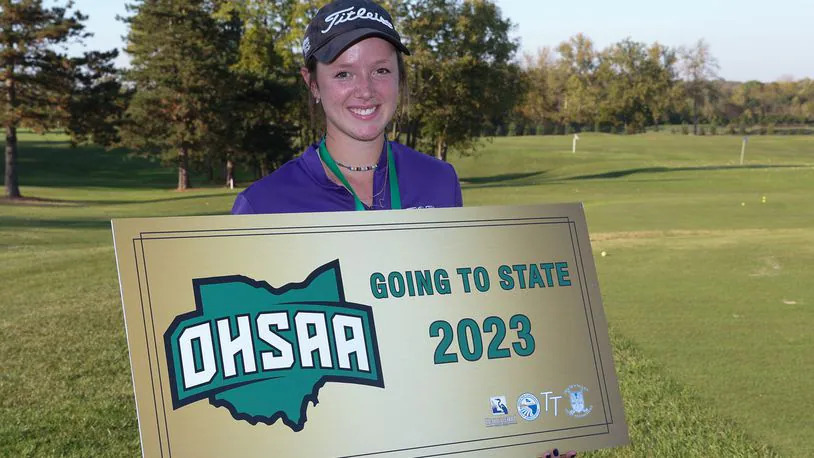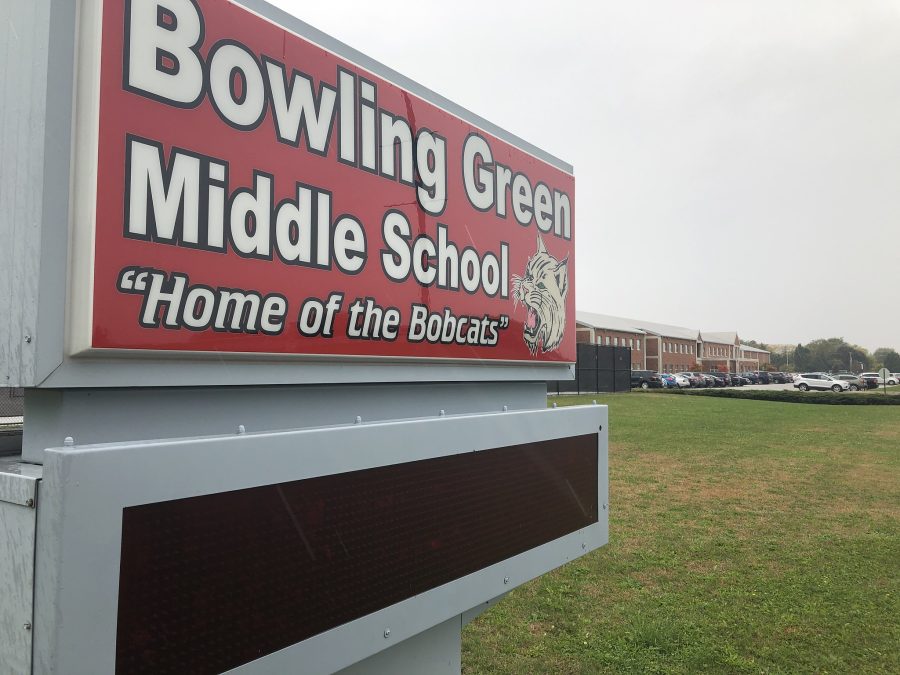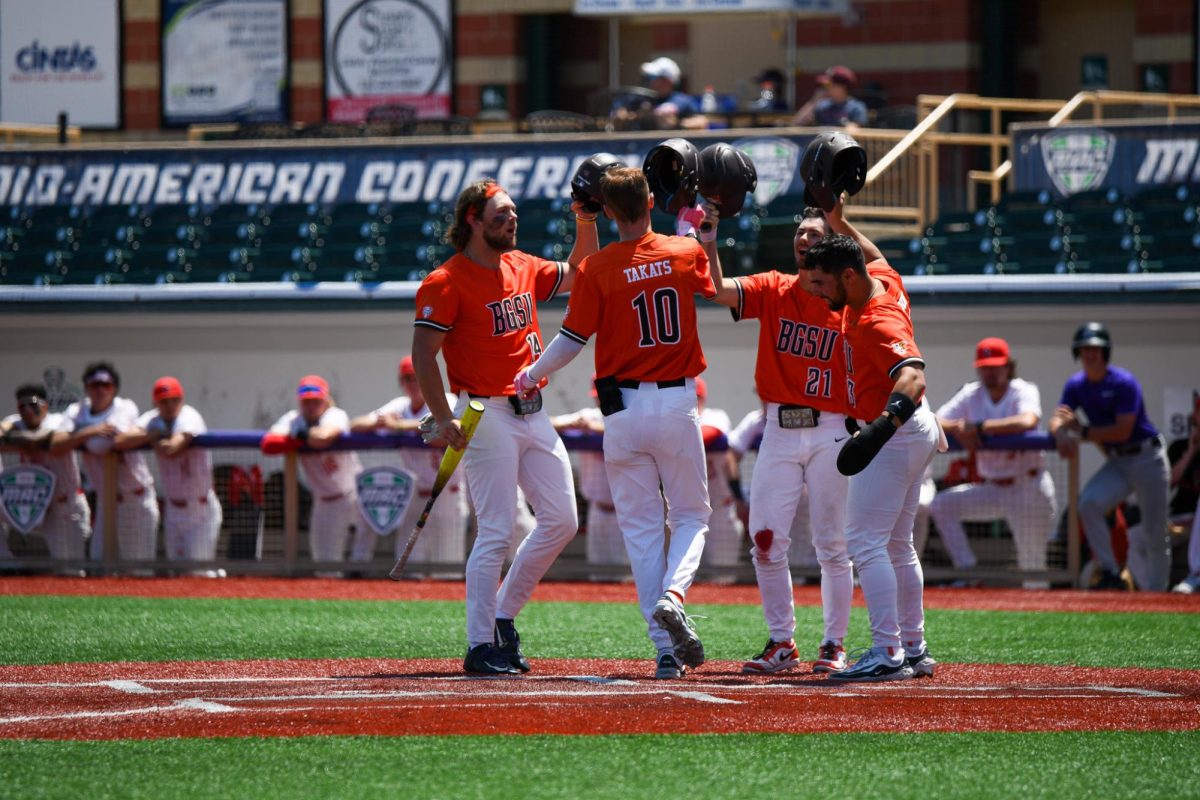By Neal McCluskey Cato Institute (KRT)
The March Madness of college basketball is here, and – get ready – you should be rooting for the Duke University Blue Devils.
OK, maybe that’s taking “madness” a little too far. Thanks to Coach Mike Krzyzewski’s self-promoting American Express ads, the Cameron Crazies’ made-for-TV antics, and endless Blue Devil worship by the college basketball media, Duke really seems to deserve America’s hate.
But before you completely dismiss the idea of pulling for the Dukies, consider this: While the Blue Devils may be insufferable, at least they don’t get their competitive edge by picking taxpayers’ pockets. The same can’t be said of the gigantic state universities against which Duke – and every other private college playing NCAA Division 1 basketball – has to compete.
College sports, you see, cost a lot, and when it comes to vying for the money needed to keep big-time athletes in Gatorade, uniforms and whirlpools, the field is slanted heavily toward state schools. This is especially true in football, where only sixteen of the 117 schools in Division 1-A – college football’s highest level – are private, and only four or five of those are regularly in the running for national championships. Most private schools simply cannot afford the multiple millions it takes to pay for the equipment, 80-plus scholarships, and six-figure (or higher) coaches’ salaries needed to compete on the highest level.
Unfortunately, success in football leads to dominance in lots of other sports, because, at least for the few schools that can afford it, football offers a big profit; a rarity in intercollegiate athletics. The end result is that mammoth, football-playing public schools are increasingly dictating terms in all Division 1 sports, including basketball, the only other profit-maker.
Of course, if public and private institutions faced the same rules when competing for sports money, complaining about public schools’ success would just be sour grapes. But they don’t.
To begin with, state universities have much bigger student bodies – and therefore alumni bases and football crowds – than private schools, in large part because taxpayers are forced to absorb so much of their costs. So megaversities like Florida State and the University of Georgia have more than 26,000 undergraduates, while private schools like Duke and Vanderbilt have only around 6,000.
But having the size necessary to fill stadiums and arenas with tens-of-thousands of fans is just the start of state schools’ advantage. Being able to build palatial stadia is next.
To be fair, much of the funding for state megaversities’ facilities, including 100,000-seat stadiums, opulent locker rooms and dazzling practice facilities, comes from student fees and private sources. But don’t be fooled. Money is fungible, so as a practical matter taxpayers are subsidizing everything on state university campuses. Students are able to afford heftier athletics fees, for instance, because taxpayers are handling so much of kids’ educational costs. Similarly, private donors are able to concentrate resources on athletics because taxpayers are covering academic needs.
Even with all these hidden advantages, though, states still sometimes decide to put taxpayer dollars directly into college sports. The state of Pennsylvania, for example, recently spent $53 million to help build a 12,500-seat basketball arena at the University of Pittsburgh. In the mid-’90s, it put $33.8 million into a new basketball venue for Penn State. At the University of Wisconsin, $12.8 million in bonds – to be paid back with taxpayer dollars – recently helped renovate Camp Randall Stadium. And don’t look now, Minnesotans, but Golden Gopher football boosters are lobbying the state to take $100 million from you to help build them a new football stadium.
The fleecing of taxpayers for sports, of course, is the most disgusting part of this story. But for thousands of small schools and their fans the tale is also sad because, for them, the joy of intercollegiate athletics is slowly being destroyed by megaversities that take public dollars to drive the little guys off the courts and fields.
Sports Illustrated’s Frank Deford, lamenting the plight of small Catholic colleges, recently captured that feeling of loss. Though long ago driven out of football, he wrote, until just a few decades ago small schools were still able to compete on a level basketball court. But then “the NCAA expanded its field, big television money came in, and large state institutions that had never cared much for basketball wanted a bite out of the apple.” Now, “even the richest Catholic colleges have trouble competing for the best players when the big-time public schools can offer state-of-the-art facilities, special team dorms, even chartered game flights. Frankly, it’s taken a lot of fun out of college basketball.”
Which brings us back to the Duke Blue Devils. Hate them all you want for their antics or arrogance, but they are not the true devils of college sports. Those are the mammoth state universities that steal from the taxpayers to achieve dominance on the field, and in the process drive small schools – and the fun – out of college sports.
___
ABOUT THE WRITER
Neal McCluskey is an education policy analyst at the Cato Institute’s Center for Educational Freedom. Readers may write to the author at the Cato Institute, 1000 Massachusetts Avenue NW, Washington, D.C. 20001; Web site: www.cato.org. For information on Cato’s funding, please go to http://www.cato.org/sponsors/sponsors.html.


















